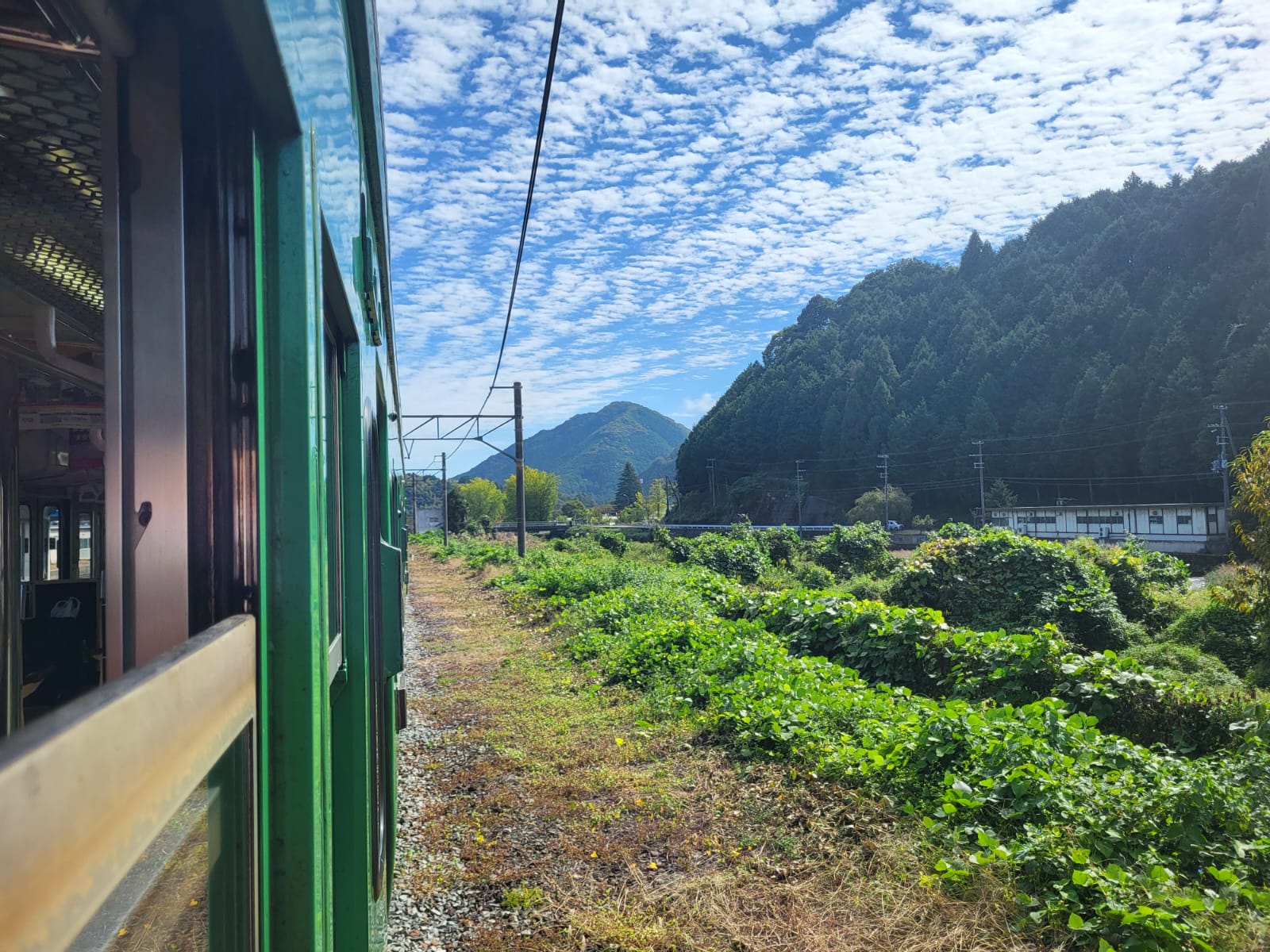
As a Sidenote, I Am Still Learning to Be a Culturally Appropriate Representative (Kinosaki Onsen, Part 1)
Hello Hello,
最近怎么样?
Summer is a 30-year-old woman that came to work in Nagoya seven years ago. I think I had an hour-long conversation with her on how people greet each other in Taiwan. Apparently, it is not common to say ‘how are you’, so I hope they won’t mind my American-self asking when I visit.
I hope everyone had a great last couple of weeks. The weather is slowly starting to change, and my two friends (both non-Japanese) and I considered going quickly to the hot springs before it starts getting too cold. So, this week’s post is going to concentrate on the contemplation I had on my way to the hot springs.
The trip to Kinosaki Onsen (the Japanese ‘hot spring’/bathhouse) was a long and tiring one. Although there are multiple ways to get to Kinosaki, including express trains and shinkansen (bullet trains), we opted for the cheaper version. We left the house at around 6am and had to continuously change local trains. Yet, truthfully speaking – the trip there was most of the fun.
On local trains you can truly see the Japanese landscape that everyone admires on the internet. Rivers, changing-color trees, hills, greenery… the nature is mesmerizing. As we were riding through the countryside on a single-car tram, the ripe persimmons hanging from the branches stood out from the green, and all I could think about is trying to catch one from the window. The morning clouds were starting to fade away, and the sun’s reflection on the dew still left on the leaves was a sight to behold. Before I could stop myself, I already opened the train’s window and stuck my head out towards the hills. My friend joined me, and while listening to k-drama soundtracks, we enjoyed the autumn air and laughed about our messed-up hair.
When we sat down, I realized maybe that was not the best idea.
Living as a foreigner in a country means that you are quickly categorized as the ‘other’ intuitively, which is true especially for Japan (which has a low number of foreigners). I have been told numerous times that it is embedded in the Japanese society to not be a ‘nuisance’ to the other. Social rules like ‘No eating on the train’, ‘no wearing deodorant’, or ‘listen to music on low-volume’ are strongly maintained to not bother the broader society. Making noise, opening the windows, and chatting away in the front of the train while others were minding their own business may not have been the right way to behave.
Therefore, I contemplated –
when is it ok to express your own personality/culture, and when should respect toward the local traditions be prioritized?
I’ll leave the answer I found to that question for the next part.

